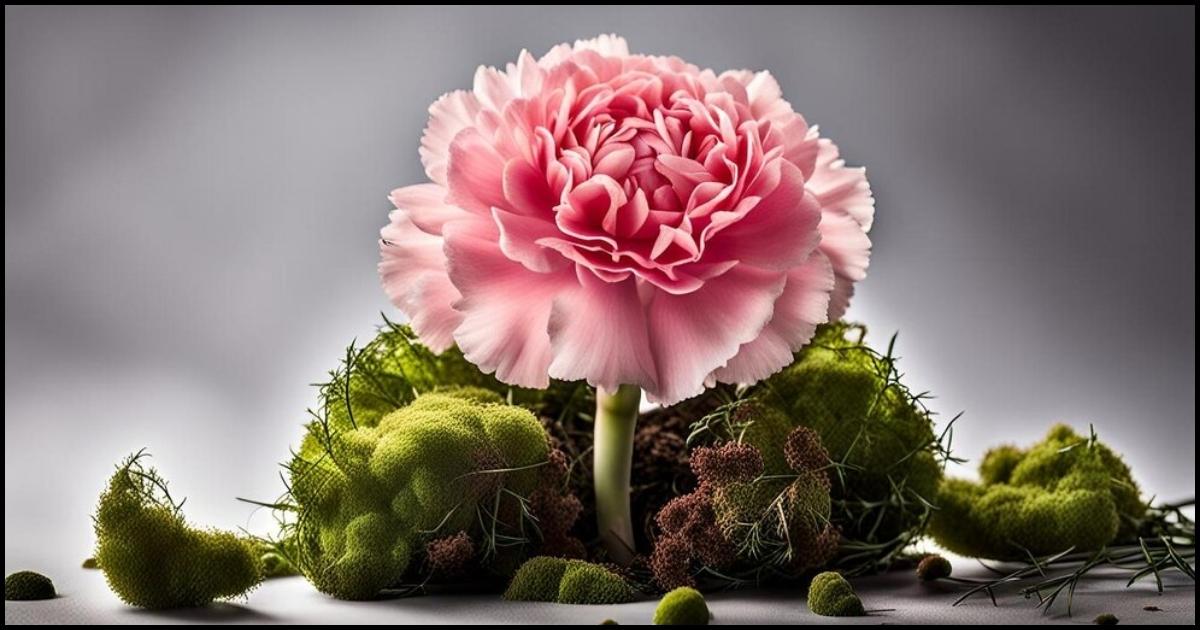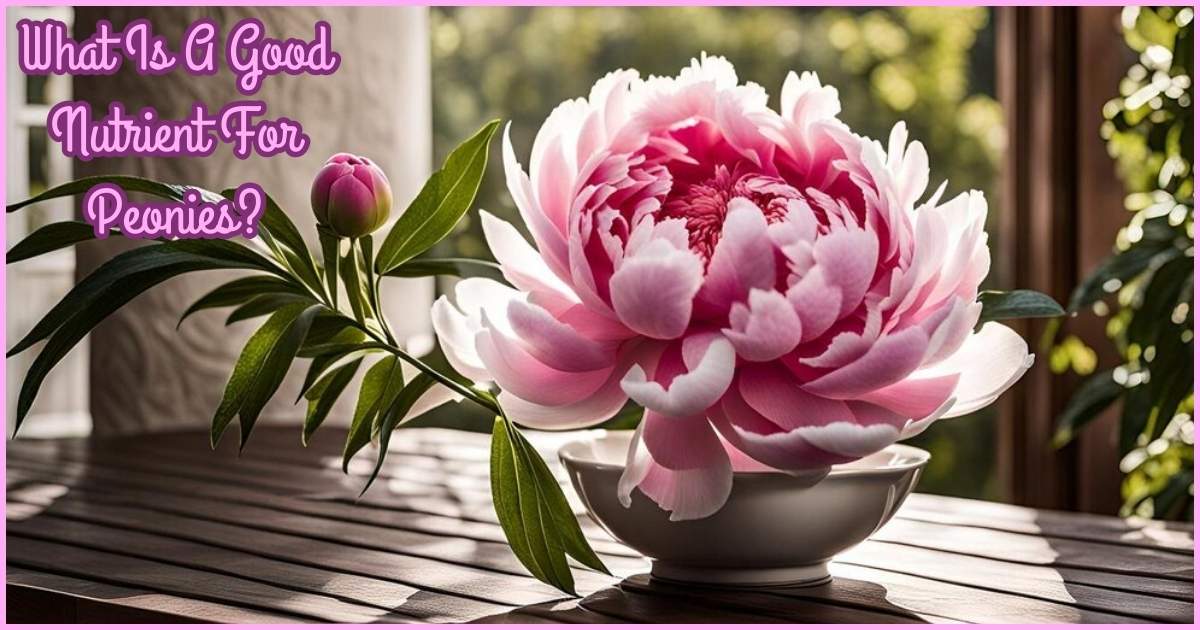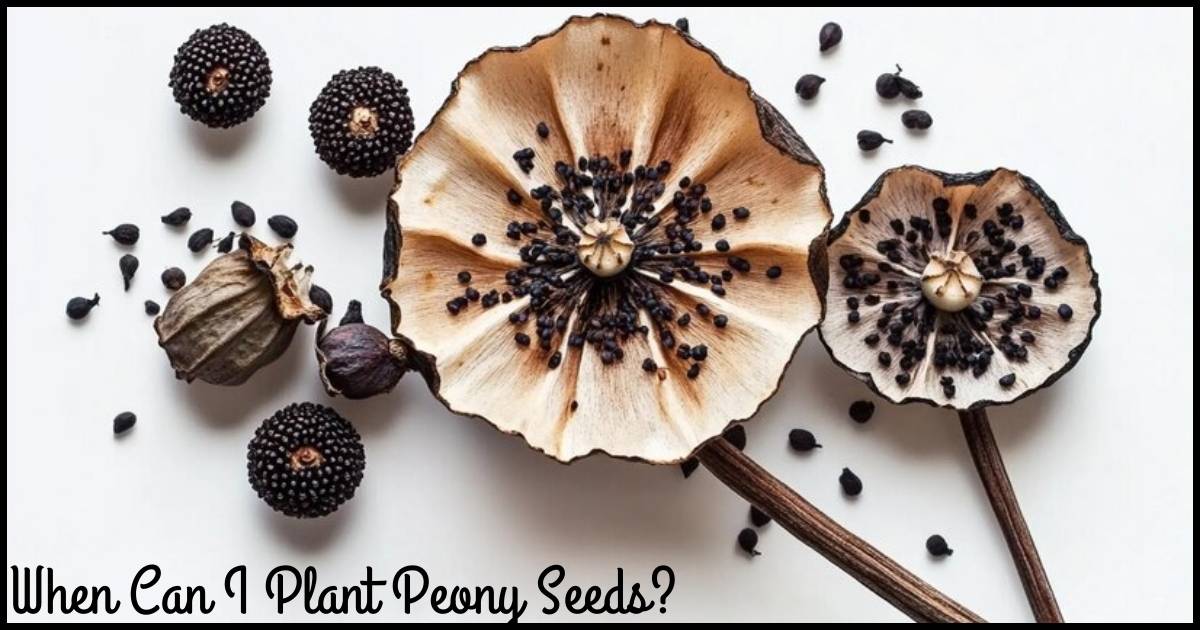Peonies have loved the spectacular beauty of their blooms with their scent. And growing them healthy and full demands choosing the right mix.
Fertilizers in most peony varieties support more balanced, essential nutrient fertilizer use with a major increase in phosphorus and potassium concentration, as nitrogen should not have high concentration.
Balanced development with good leafy growth boosts blooming rather than a scrawny, green affair.
Understanding the Nutrient Requirements of Peonies
For peonies to thrive and have vibrant blooms, they need the right nutrient balance. Similar to most other plants, peonies mostly require macronutrients like nitrogen (N), phosphorus (P), and potassium (K).
The balance, also known as the N-P-K ratio, greatly affects the growth and bloom quality of peonies. For the fertilizer to use on peonies, the component should have little nitrogen, to not offer much foliage to the plant but rather direct it to growing large and big beautiful flowers.
The fertilizer also contains phosphorus as a primary component, due to the fact that it develops well the roots, besides enhancing the quality of the flowers and also offering potassium for effective disease resistance and an otherwise robust plant. An acceptable ratio may be in 5-10-10 or 10-20-20.
Read More>> Hamro Solar LLC: Your Trusted Partner for Sustainable Energy Solutions
Importance of N-P-K Ratio to Peonies

A fertilizer that has an N-P-K ratio, especially on flowering plants such as peonies, should be chosen. A low nitrogen and high phosphorus level, along with moderate levels of potassium, makes a good fertilizer for peonies.
These conditions help promote more flowers in the plant but minimize overgrowth in leaves, so it will not be challenging to manage or become overgrown in the garden. For example, a 5-10-10 N-P-K ratio can work well with peonies to make sure it has good, robust flower growth without becoming overfertilized.
Best Fertilizers for Peonies
Best Fertilizers for Peonies Organic vs. synthetic fertilizers: Organic or synthetic, fertilizers present different advantages to peonies.
Organic fertilizers can be compost, bone meal, or fish emulsion, using a slow release method that is gradually providing the soil with nutrients over time and enhancing healthy growth without the potential of over-fertilizing.
In the other case, synthetic fertilizers rapidly increase nutrients that will provide rapid results for your need. However, in cases of using synthetic fertilizers, ensure proper application for avoiding nutrient imbalance.
Organic Fertilizers and Its Benefits
Some good organic fertilizers for peonies include compost and bone meal as they improve soil texture slowly release their nutrient content. Bone meal contains a lot of phosphorus; its quality is really ideal for an early spring season that helps peonies grow very big blooms.
Fish emulsion can be helpful because it is another nutrient source that promotes growth of the flowers without a risk of burning the roots or build up soil nutrient.
Application of Fertilizers at the Right Time Fertilizers applied at the right time can impact peonies growth and blooms. Fertilizers provided at early spring, when shoots begin to grow, can provide enough nutrients to prepare for flowering.
A second dose can be given in fall, when the ground will freeze; this will prepare the plant’s roots, fortify them, and help get ready for the next season.
How to Fertilize Correctly
When applying fertilizer, it should be spread around the base of the plant while avoiding touching the stems to prevent root burning.
Watering the area slightly after application will enable the nutrient to penetrate the soil. Avoid heavy fertilizing since the excess nutrients can cause a lower production of flowers.
Common Deficiencies in Peonies
Deficiencies in nutrient components of peonies tend to be affected in terms of growth, while the quality of the flowers may be poor.
When the flower size is the effect, then it commonly comes with a deficiency of phosphorus; low potassium usually predisposes the plant towards disease susceptibility, and since it is rare in the case of peonies, a deficiency in this might cause pale leaves with little or no growth.
Overcome these shortcomings by using the fertilizer application with high content of the deficient nutrient. Testing of the soil before applying fertilizer would give an exact insight into deficiencies that your peony may have.
Read More>> When Is Peony Season?
Dangers of Overfertilization and How to Avoid It

Over-fertilization may lead to problems, including leaf burn, less flowering, and too much foliage. Feed them a balanced diet and avoid high-nitrogen fertilizers that promote foliage over blooms.
Monitor your plants and change your fertilizer regime according to the changes needed to avoid these mistakes.
Conclusion
Right nutrient supply to peonies will help them grow well and be beautiful. The fertilizer low in nitrogen but high in phosphorus allows peonies to bloom heavily and be resistant to disease, and organic fertilizers work on soil health for a longer time.
So, if you follow the balanced feeding schedule and watch out for the needs of your peonies, you will have vibrant and lush blooms every year.
FAQ’s
What is the best N-P-K ratio for peonies?
Use a low-nitrogen, high-phosphorus fertilizer like 5-10-10 on peonies.
How often should I fertilize peonies?
It will do well to be applied in the early spring and once at fall.
Organic versus synthetic fertilizer, are organic better for peonies than synthetic ones?
The organic ones enhance the quality of the soil, and synthetic gives immediate effect.
Are peonies easily over-fertilized?
Indeed, a plant could suffer from fertilization excess. Be guided by moderate feeding.
Some signs that would indicate whether the plant suffers from nutritional deficiency:
- In peonies, size of bloom can be considered reduced if smaller than regular, and leaf color also pale with poor growth rate.











